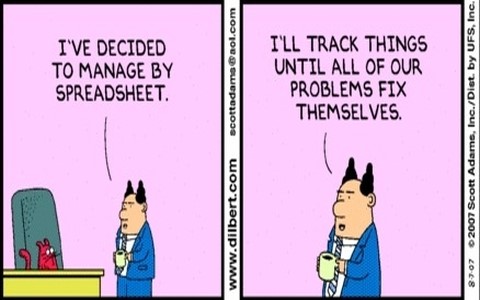Background
Kanban was invented as a lean manufacturing practice for managing assembly lines. In the mid-2000s, many agile practitioners realized Kanban met their needs as a lightweight project management methodology, so they adapted the Kanban system for software development. It requires real-time communication of capacity and full transparency of work. Work items are represented visually on a Kanban board, allowing team members to see the state of every piece of work at any time.
Kanban can be effective for data science. Its fluid and less rigorous processes provide data scientists with greater flexibility to execute their work without having to hit constant deadlines.
To learn how to integrate Kanban and other agile concepts with data science, explore our individual training and corporate consulting services.
Four Principles Of Kanban
Kanban is the Japanese word for 'billboard'or 'Visual Board'.
You can start building your Kanban system by setting up the most straightforward Kanban board with three basic columns - 'Requested', 'In Progress' and 'Done'. When constructed, managed, and functioning correctly, it serves as a real-time information repository, highlighting bottlenecks within the system and anything else that might interrupt smooth working practices.
Kanban is focused on getting things done, and its fundamentals can be broken down into four principles.
Principle #1 - Visualize Workflow
A visual representation of your process exposes potential and real problems that will impact the output of the project. It helps you locate potential and actual bottlenecks. As you compartmentalize to visualize your system, you need to define policies for managing tasks. Also, set the criteria required for completing a specific stage and moving on to the next one.
Principle #2 - Limit Work in Progress
To ensure efficiency, Kanban team members must complete their current task before starting a new one. Limiting work in progress benefits individual team members by reducing the mental effort involved in juggling multiple unfinished tasks and managing priorities.
Principle #3 - Focus on Flow
Collect and analyze flow-related data to create indicators and metrics for existing and future problems. Use this information to solve specific problems immediately as they occur.
Principle #4 - Continuous Improvement
The Kanban system is designed to create a culture of continuous improvement, across an entire organization. Feedback cycles are an important element of that. Feedback encourages reporting and fixing problems quickly. Teams are encouraged to try new approaches and solutions to existing problems. Kanban is a data-driven system, making it possible to analyze the results of this type of experimentation.















